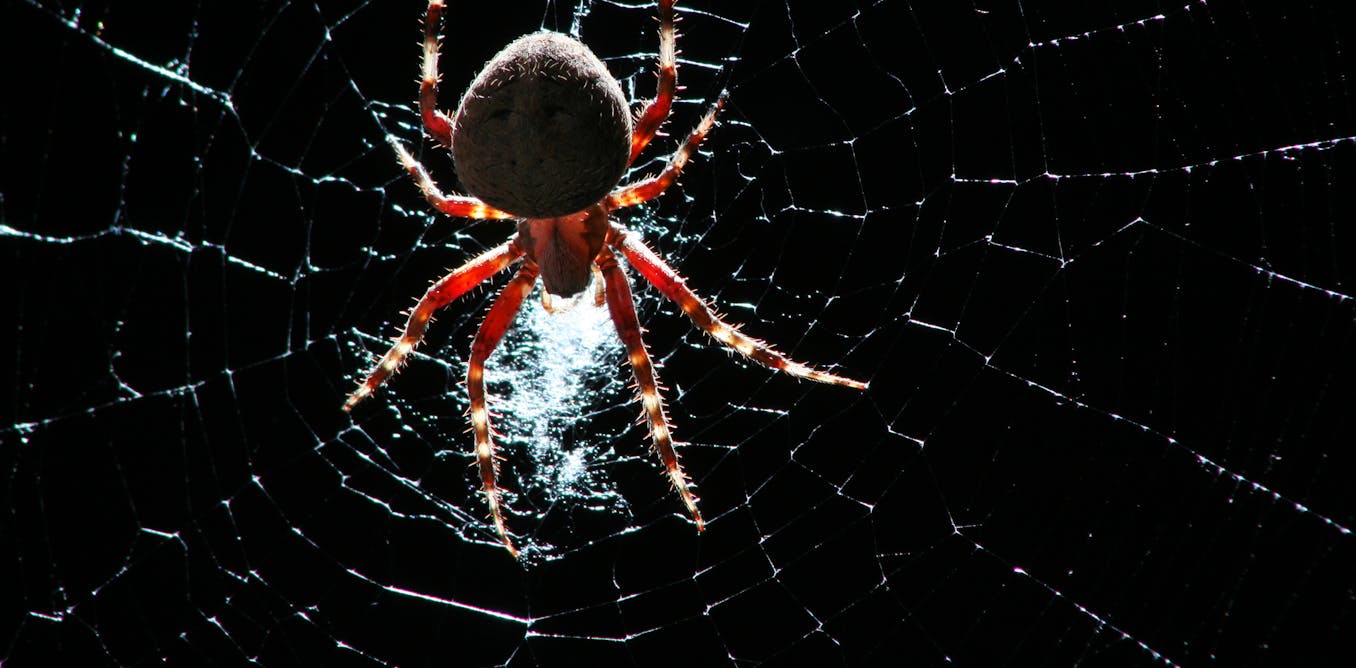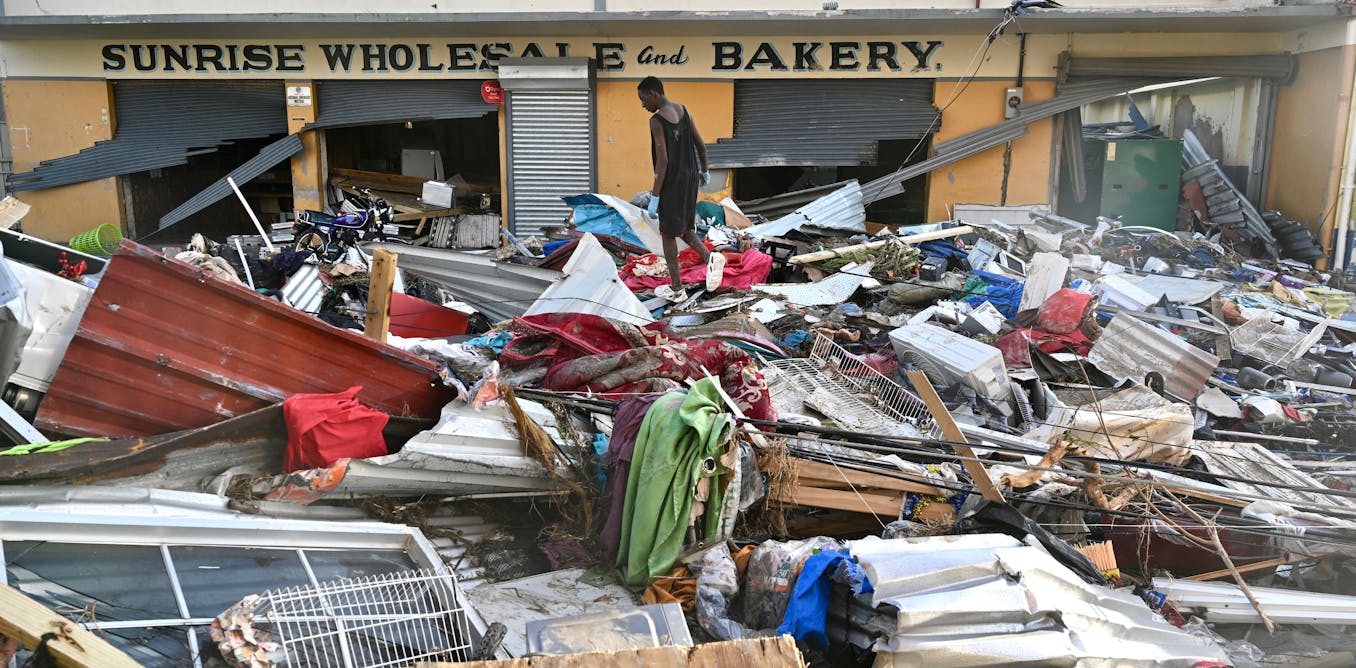Around 5 million children across western Europe report having been raped or sexually assaulted by the age of 18, according to the latest data gathered by Childlight, the Global Child Safety Institute. That’s about 7% of the child population.
In south Asia, data for India, Nepal and Sri Lanka suggests the figure rises to 12% of children – more than 50 million young people in those three countries alone.
The online picture is equally alarming. In western Europe alone, one in five children (19.6%) say they have faced unwanted or pressured sexual interactions online before adulthood.
The data also reveals that over 60% of all child sexual abuse material in western Europe (and 30% globally) is hosted in the Netherlands.
These shocking figures come from Childlight’s latest Into the Light index. As Childlight’s director of data, and as a professor of international child protection research, I have spent nearly 20 years studying the patterns of child sexual exploitation and abuse worldwide. What our data shows is both deeply troubling and a call to urgent action.
How we measure the scale
In 2024, we launched the inaugural Into the Light index – the first comprehensive global report of child sexual exploitation and abuse. It introduced a new framework, the first regional prevalence estimates and indicators of child sexual abuse material.
The 2025 edition goes further. It covers both online and offline abuse and country-level data for 41 countries in western Europe and south Asia, incorporating the analysis of:
- 89 studies which used survey methods to identify victims of rape and sexual assault
- crime statistics and child helpline data
- global child sexual abuse material trends, including AI-generated imagery and hosting patterns.
For western Europe, we reviewed 48 studies from 19 countries, finding that between 3.7% and 9.6% of children reported being raped or sexually assaulted by the age of 18. For south Asia, representative data from India, Nepal and Sri Lanka shows around 12% of children were raped or sexually assaulted by 18 – 14.5% of girls and 11.5% of boys.
What the data reveals
Our research points to widespread abuse and some keys issues emerged.
AI-generated child sexual abuse material is rising: reports rose 1,325% between 2023 and 2024, amid growing concerns about deepfake images placing children’s faces onto sexual material. This rise was seen in reports to the National Center for Missing and Exploited Children, which rose to over 67,000 in 2024, from 4,700 reports logged in 2023.
Read more:
Our research on dark web forums reveals the growing threat of AI-generated child abuse images
Meanwhile, familial abuse is leading to the creation of new child sexual abuse material, with a large proportion of identified material depicting immediate family members.
Behind these numbers are real children, millions who stay silent out of fear, guilt or loyalty to family members. Yet the consequences are lifelong, affecting mental health, physical health and even life expectancy.
shutterstock/Natalia Lebedinskaia
Using data to fight child abuse
Childlight, hosted by the University of Edinburgh and the University of New South Wales, is the world’s first independent global data institute dedicated to protecting children from sexual exploitation and abuse.
As I have written before, the fight to keep young people safe from harm has been hampered by how data differs in quality and consistency around the world. Our aim is to work in partnership with many other organisations to help join up the system and close the data gaps.
What can be done
The good news is that solutions exist and momentum is building, with 30 governments globally pledging action to improve online safety for children since an intergovernmental summit in Colombia last November.
The legislation is showing promising signs. The EU Digital Services Act and the UK Online Safety Act now require platforms to assess child risk, report incidents and publish transparency data. Australia’s eSafety Commissioner has also compelled firms to publish reports revealing how they are failing to track the problem.
Read more:
Online Safety Act: what are the new measures to protect children on social media?
Enforcement is having an impact. In April 2025, Kidflix, one of the largest paedophile platforms in the world, was shut down through an international Europol-backed operation, with servers seized and perpetrators arrested.
Prevention is working too. The Barnahus model in Europe, for example, brings together police, health and social services to support children in a child-friendly environment. It has been linked to more perpetrators being charged and convicted.
In addition, “blocklist” technology which acts as a virtual shield is thwarting 3 million attempts to view illegal sexual images of children online every week. Lists of known online addresses which host child sexual abuse material are compiled and shared by organisations including Internet Watch Foundation, so they can be blocked by major internet service providers, shutting down access to harmful images.
Urgency matters
The law must require proactive detection and removal of child sexual abuse material. Education and open conversations that empower children and families must be supported and encouraged. And finally we must invest in prevention models that work.
In the UK, that could mean extending the law on criminalising paedophile manuals to include material generated by AI. It could mean a Barnahus expansion, and it certainly should mean reforming the Criminal Injuries Compensation Scheme so all victims of child sexual abuse (including those harmed “virtually” through technology) are recognised and supported.
Child sexual exploitation and abuse is not inevitable. Like other public health crises, it is preventable and can prevent a lifetime of trauma with benefits for children, families, communities and economies.
But prevention depends on first understanding the true scale and nature of the problem. Our data is a spotlight, exposing what too often remains hidden in the shadows.

The post “Millions of children face sexual violence as AI deepfakes drive surge in new cases – latest global data” by Deborah Fry, Professor of International Child Protection Research and Director of Data at the Childlight Global Child Safety Institute, University of Edinburgh was published on 10/10/2025 by theconversation.com
































Leave a Reply